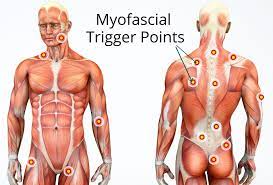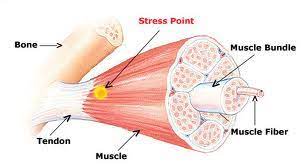What is Myofascial Tissue?
Myofascial tissue is a network of tissue that spreads throughout your entire body. It connects your muscles, joints, and bones. It also provides support to your organs, helping to keep them in place. Usually this tissue feels more elastic and movable. Tight myofascial tissue can restrict movement in your muscles and joints. This leads to poor posture via compensations – our body moving differently to make up for the loss in movement – which can cause additional tightness without you realizing it.
How can we treat myofascial tightness?
Myofascial release is a low load stretch release manual therapy or trigger point release therapy. Many patients seek myofascial treatment after losing flexibility or function following an injury or if experiencing ongoing back, shoulder, hip, or virtually pain in any area containing soft tissue.
Patient symptoms usually include:
- Tightness of the tissues that restricts motion or pulls the body out of alignment, causing individuals to favor and overuse one hip or shoulder, for example.
- A sense of excessive pressure on muscles or joints that produces pain.
- Pain in any part or parts of the body, including headache or back pain.

What causes myofascial pain?
Pain can be generated from the skeletal muscle or connective tissues that are being restricted or ‘bound down’ by tight fascia. In addition, pain can also be generated from damaged myofascial tissue itself, sometimes at a ‘trigger point’ where a contraction of muscle fibers has occurred. In either case, the restriction or contraction inhibits blood flow to the affected structures, which can cause chronic type pain unless the area is treated. Myofascial pain may be difficult to identify because it can radiate from the area and spread to adjacent structures.

How can physical therapy relieve your pain?
The goal of myofascial release is to stretch and loosen the fascia so that the adjacent structures can move more freely and help restore the patient’s motion. In addition, myofascial release can help improve blood flow and lymphatic circulation, and stimulate the stretch reflex in muscles to allow more flexibility and range of motion.
Dr. Nicole Aho PT, DPT

Comments
Thank you for this insightful article on myofascial release. Your clear explanation of how tight fascia affects movement and posture was enlightening. I now have a better understanding of the benefits of this therapy. Appreciate the detailed information and the emphasis on restoring flexibility and function!
By Roberto